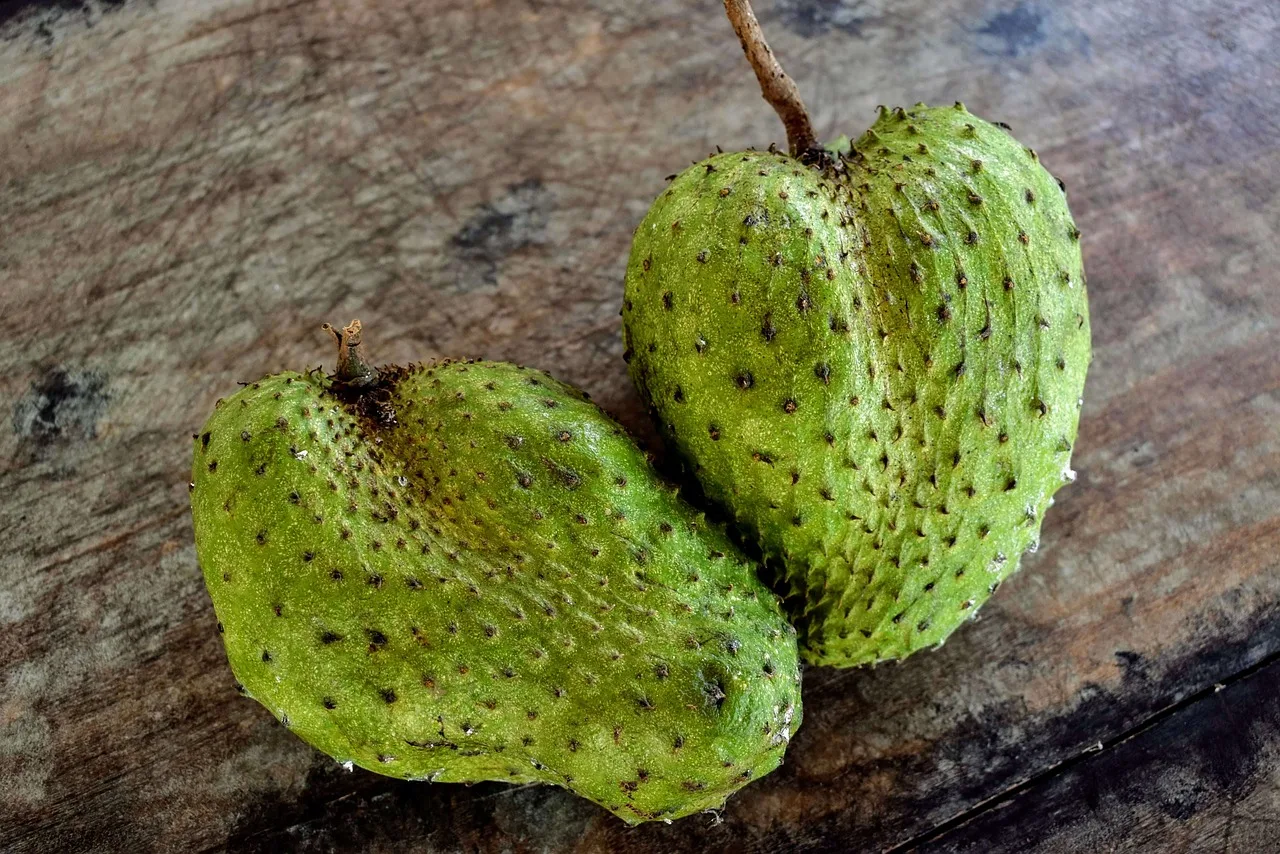
Soursop, also known as graviola, is a tropical fruit that is highly sought after for its unique flavor and potential health benefits. However, enjoying the true deliciousness of soursop depends on identifying the right moment of ripeness. In this comprehensive guide, I will take you through a step-by-step approach to help you identify ripe soursop. From physical signs to texture indicators, and even the aroma and touch test, you’ll learn everything you need to know to pick the perfect soursop every time.
Introduction to Ripe Soursop
Before we dive into the details of identifying ripe soursop, let’s understand why it’s important to do so. Ripe soursop not only offers the best taste and texture, but it also ensures that you get the maximum nutritional benefits. When soursop ripens, its flavor becomes sweeter, the texture becomes softer, and the nutrients reach their peak levels. By choosing a ripe soursop, you can experience the true essence of this tropical fruit and enjoy its many health benefits.
Physical Signs of Ripe Soursop
One of the first things to look for when identifying ripe soursop is the color changes that occur as it ripens. A ripe soursop will have a dark green skin that feels slightly soft to the touch. The color may also change to a slightly yellowish-green hue. Avoid soursops that have a completely green skin as they are likely unripe and will lack the desired sweetness.
Color Changes to Look For
As a soursop ripens, you may notice certain color changes that indicate its readiness to be consumed. Look for patches of brown or black spots on the skin. These spots are a natural part of the ripening process and show that the fruit is reaching its peak flavor. However, be cautious not to confuse these spots with signs of decay or mold. A ripe soursop should have small, evenly distributed spots rather than large or fuzzy patches.
Texture and Firmness Indicators
In addition to color changes, the texture and firmness of a soursop can provide valuable clues about its ripeness. A ripe soursop should feel slightly soft when gently pressed, similar to the firmness of a ripe avocado. However, it should still have some firmness to it, and not feel mushy or overly soft. Avoid soursops that are too hard, as they are likely unripe, and those that are too soft, as they may be overripe.
Aroma and Smell Test
The aroma of a soursop can be a reliable indicator of its ripeness. When a soursop is ripe, it emits a strong, sweet fragrance that is reminiscent of pineapple or strawberry. To perform the smell test, hold the soursop close to your nose and take a deep breath. If you can detect a pleasant and fruity aroma, it is a good indication that the soursop is ripe and ready to be enjoyed. However, if there is no noticeable scent or if it smells unpleasant or sour, it is best to choose another soursop.
How to Check for a Ripe Soursop by Touch
The touch test is another effective method for determining the ripeness of a soursop. Start by gently squeezing the soursop with your fingers. A ripe soursop should have a slight give and bounce back when you release the pressure. Avoid soursops that feel rock-hard or have no resistance when squeezed, as they are likely unripe. On the other hand, if the soursop feels too soft or squishy, it may be overripe and past its prime.
Other Methods to Determine Ripeness
While the color, texture, aroma, and touch can provide valuable insights into the ripeness of a soursop, there are a few other methods you can try. One such method is to shake the soursop gently. If you can hear the seeds rattling inside, it is a sign that the fruit is mature and ready to be consumed. Additionally, you can also check the stem of the soursop. If it easily detaches from the fruit with a gentle twist, it is likely ripe and ready to be enjoyed.
Common Mistakes When Identifying Ripe Soursop
When it comes to identifying ripe soursop, there are a few common mistakes that people make. One of the biggest mistakes is relying solely on color as an indicator of ripeness. While color changes can provide some guidance, they are not the sole determining factor. It is important to consider other factors like texture, firmness, aroma, and touch to get a complete picture of the soursop’s ripeness. Another mistake is rushing the ripening process by exposing the soursop to heat or sunlight. Soursops should be allowed to ripen naturally at room temperature for the best flavor and texture.
Conclusion and Final Tips for Identifying Ripe Soursop
Identifying ripe soursop can be a rewarding experience, as it ensures that you enjoy the best this tropical fruit has to offer. Remember to look for color changes, check the texture and firmness, perform the aroma and smell test, and use the touch test to determine ripeness. Avoid common mistakes, such as relying solely on color or rushing the ripening process. By following this step-by-step approach, you’ll be able to select ripe soursop that is bursting with flavor and ready to be savored. So, the next time you come across a soursop, apply these tips and indulge in the delightful taste of this tropical treasure.
CTA: Now that you know how to identify ripe soursop, why not try it for yourself? Head to your nearest grocery store or farmer’s market and put your newfound knowledge to the test. Enjoy the sweetness and unique flavor of ripe soursop and reap the health benefits it has to offer. Happy soursop hunting!






